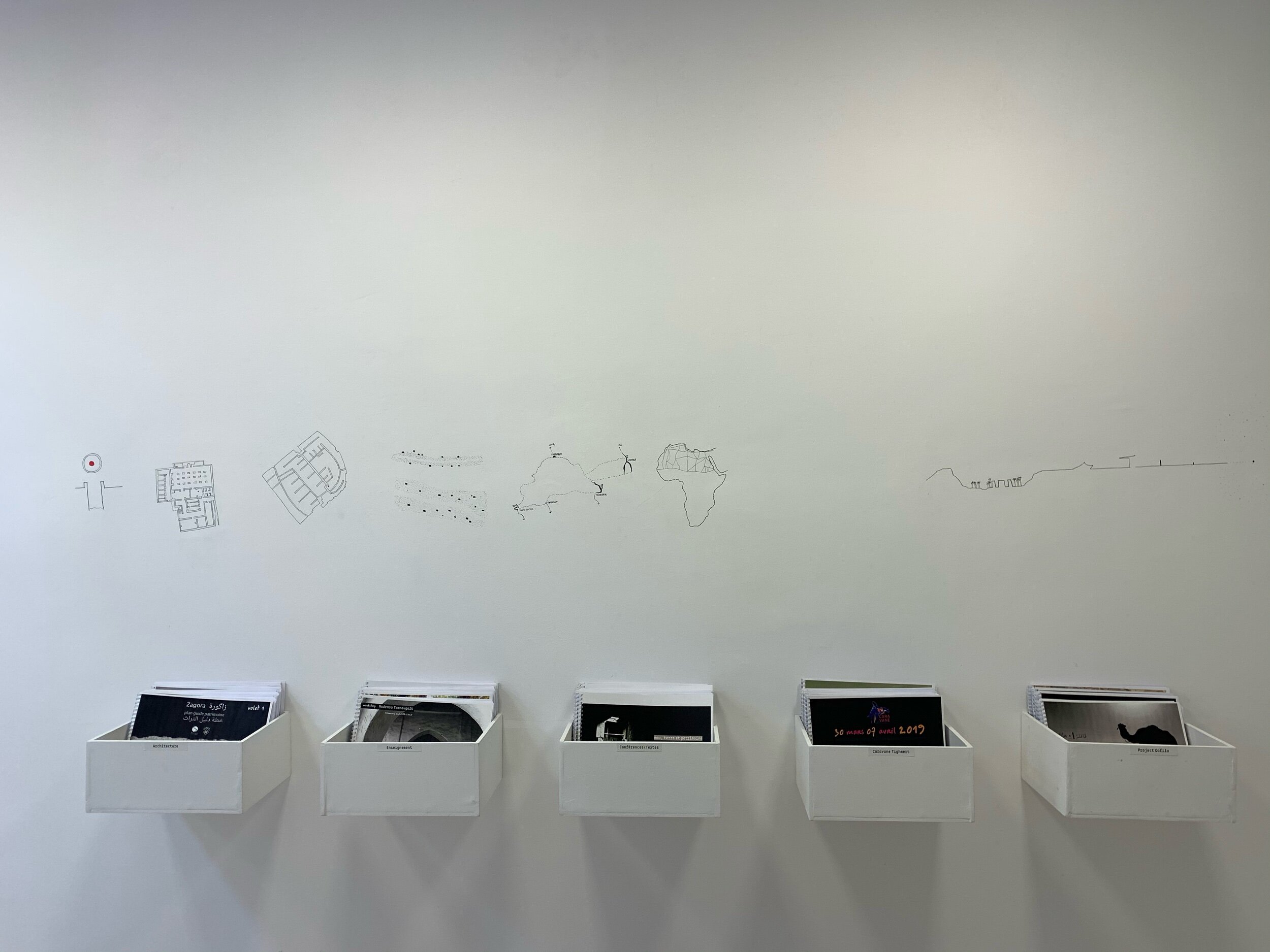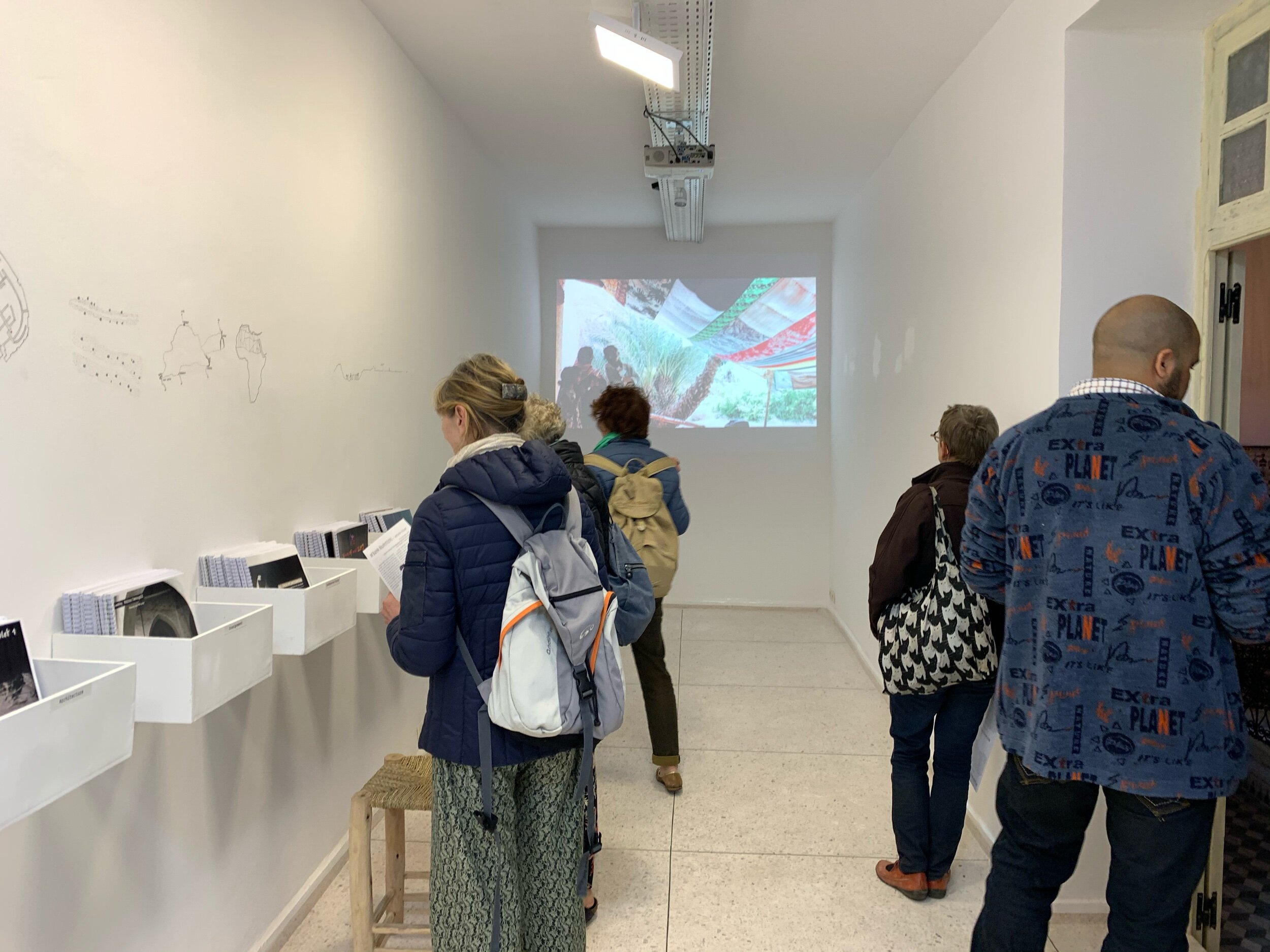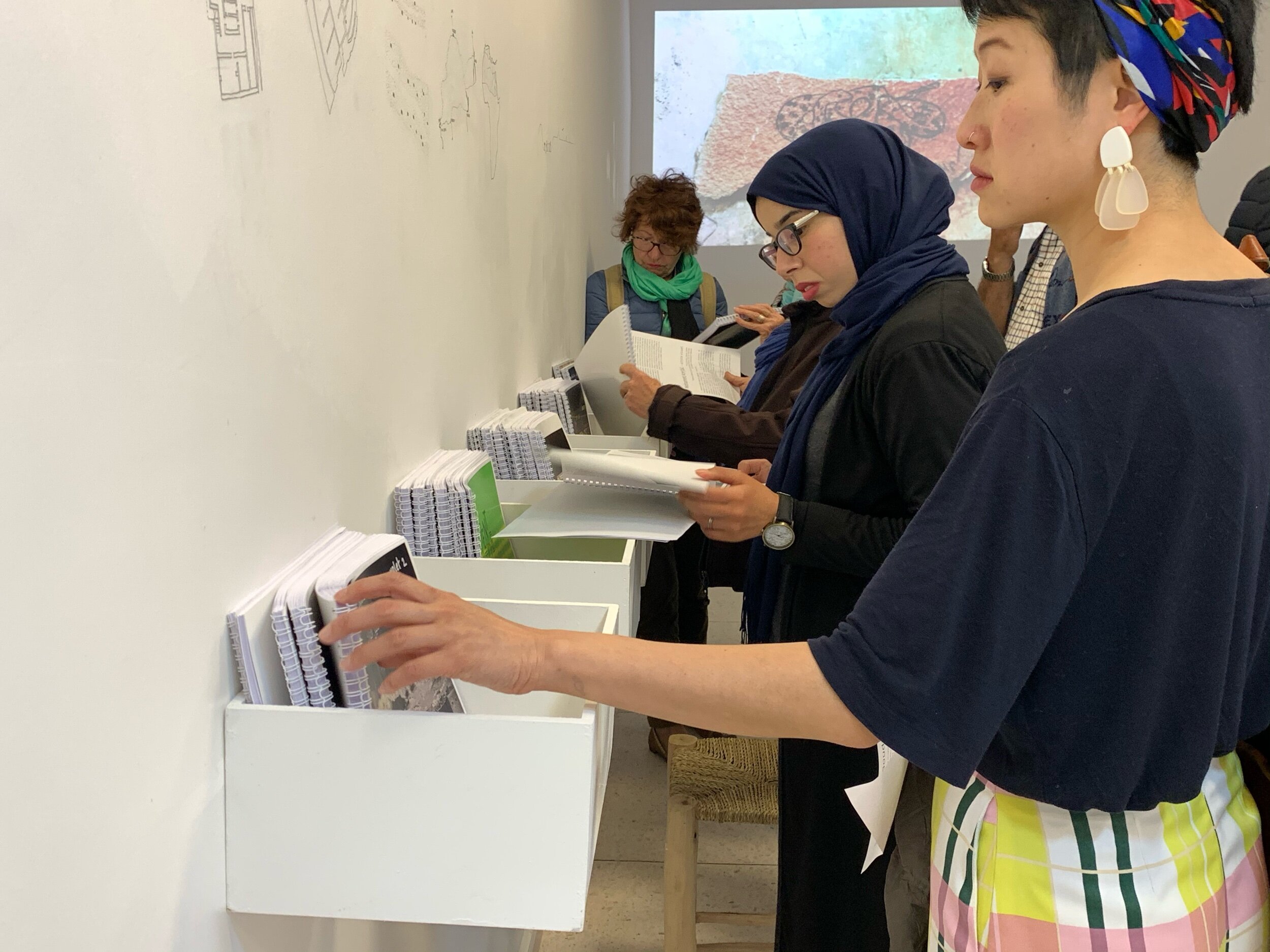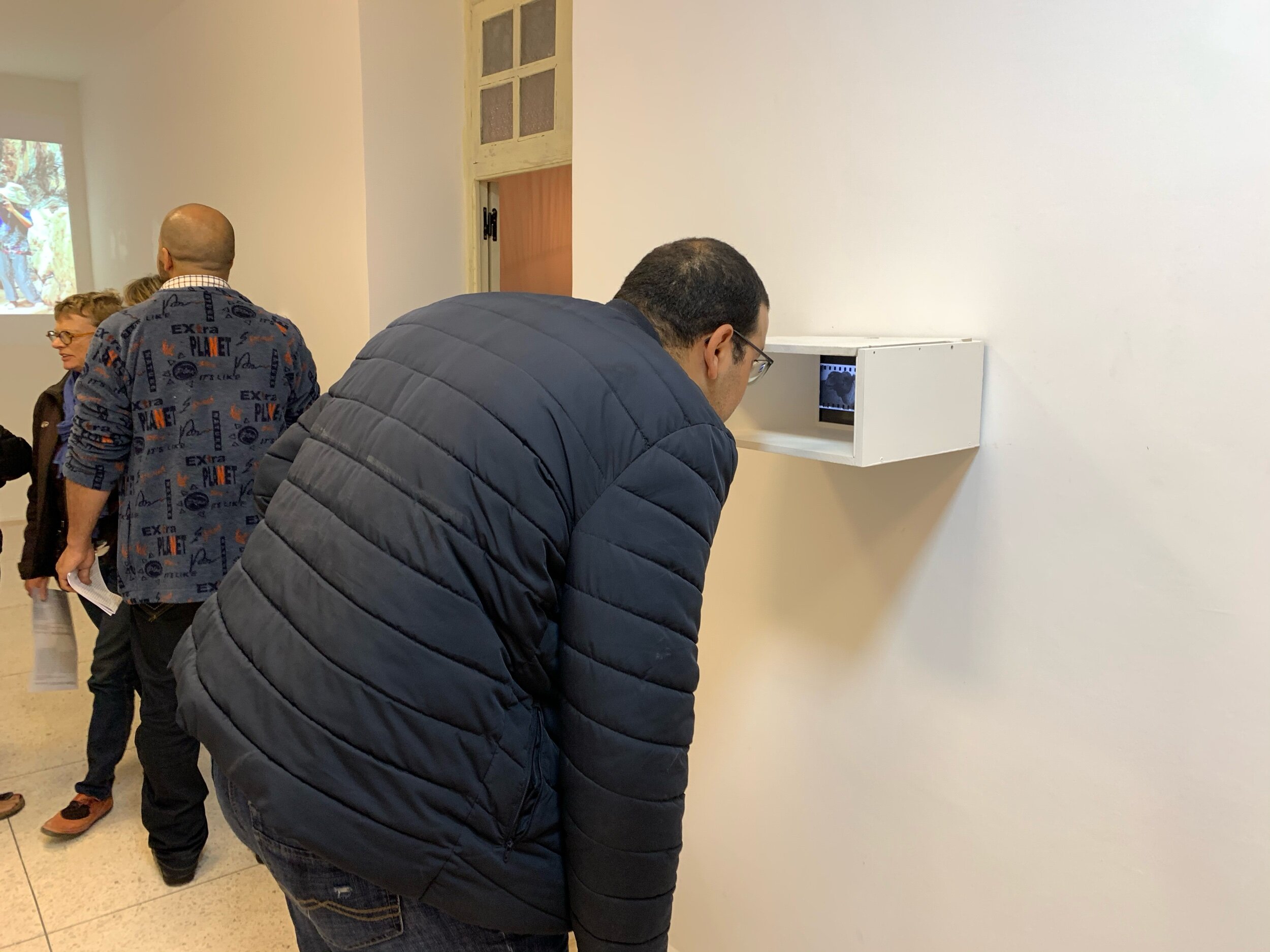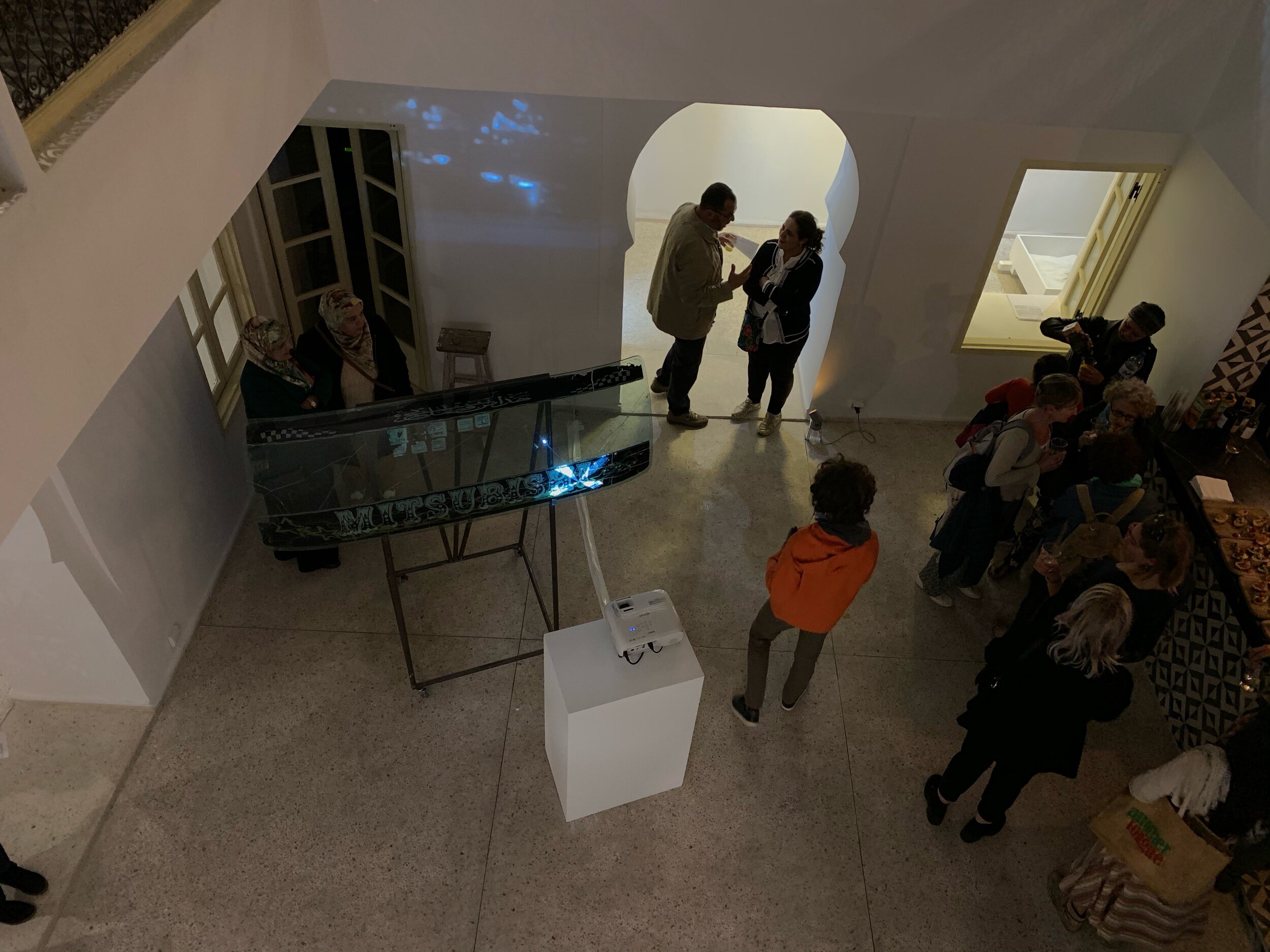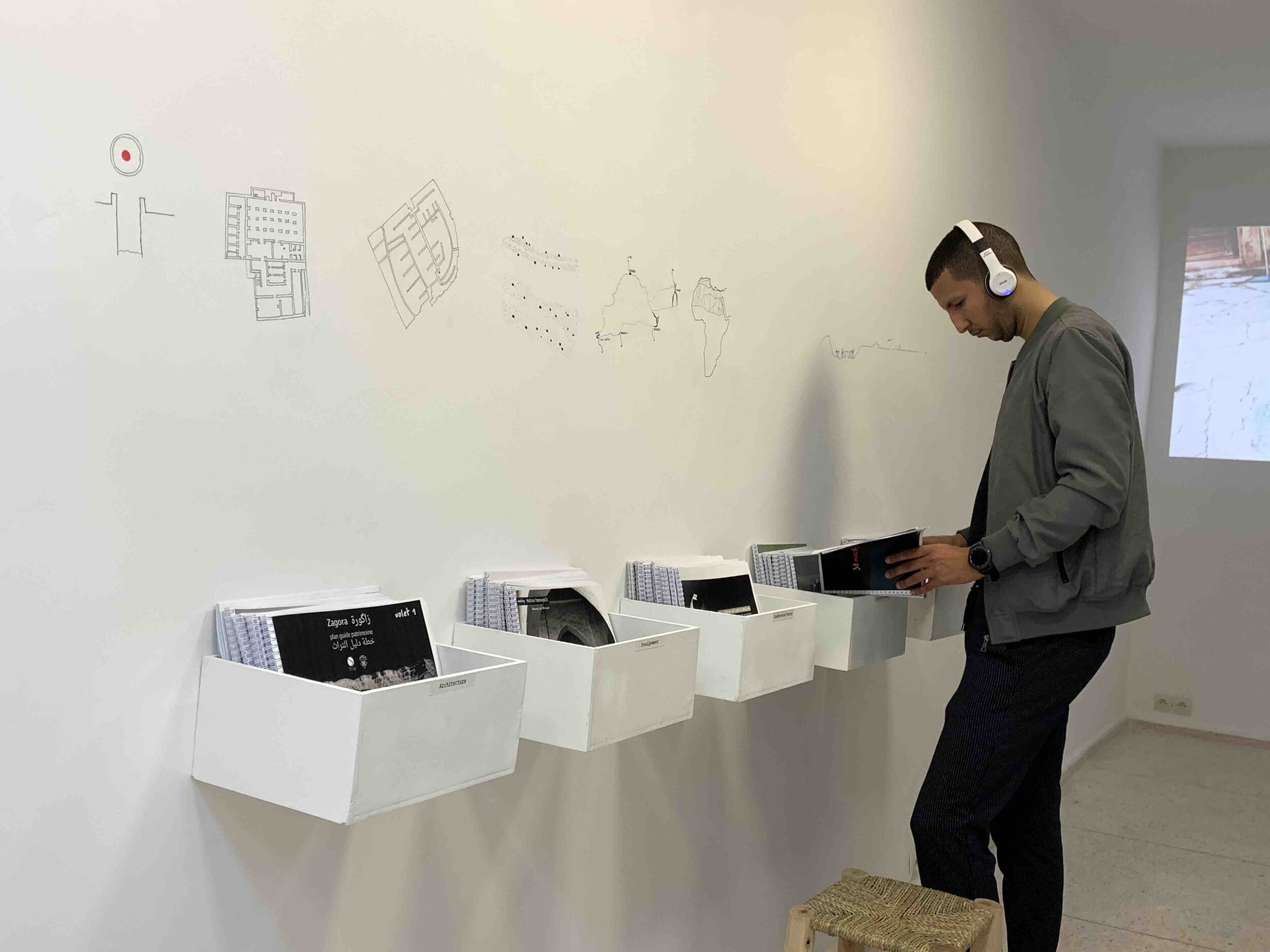Candidates who want to participate in the first edition of Caravane Ouadane, which will take place from November the 6th to the 21st 2021, must send an email to caravaneouadane@gmail.com with the following information:
1 a link (website, Facebook page, Instagram, pdf, etc.) or a few representative images of your work.
2 a short text (not an artistic project) explaining your interest in this meeting, as well as the subjects on which your research will focus (maximum 150 words).
To avoid misunderstandings:
⥤ if you do not receive a receipt after sending your email to caravaneouadane@gmail.com it means we have not received it and you should send it again.
⥤ the deadline for sending the information will be January the 10th at midnight (Mauritanian time). On January the 31rd 2021 you will receive an email to let you know if you have been selected or not.
⥤ Caravane Ouadane is a laboratory for contemporary creation and it gives the opportunity to conduct workshops with the inhabitants of the city, to produce a work with materials found on the site or to do research on subjects related to the culture of the desert. Be careful, it is not a question of making an exhibition but of sharing thoughts, experiences, concerns ... around culture in places as special as Ouadane and its surroundings.
⥤ the organisation will host and feed the artists at inhabitant homes, but it will not pay the transport costs to Ouadane or the production of the works, nor give pocket money.
⥤ the organisation reserves all rights to publish photos, videos and sound recordings taken during the artists' activities during the event.
If you ever have any question, you can contact us by email or Facebook. You will find more information about the event in the previous post.
Caravane Ouadane is organised by Auberge Vasque chez Zaida, Teranim pour les Arts Populaires, Zeinart Concept, Marsad Drâa and Caravane Tighmert, with the support (for now) of Le Sothiou and the Network of Alliances Française de la Mauritanie.





